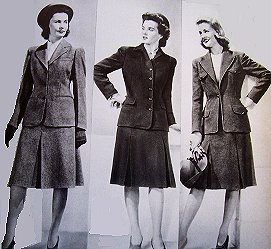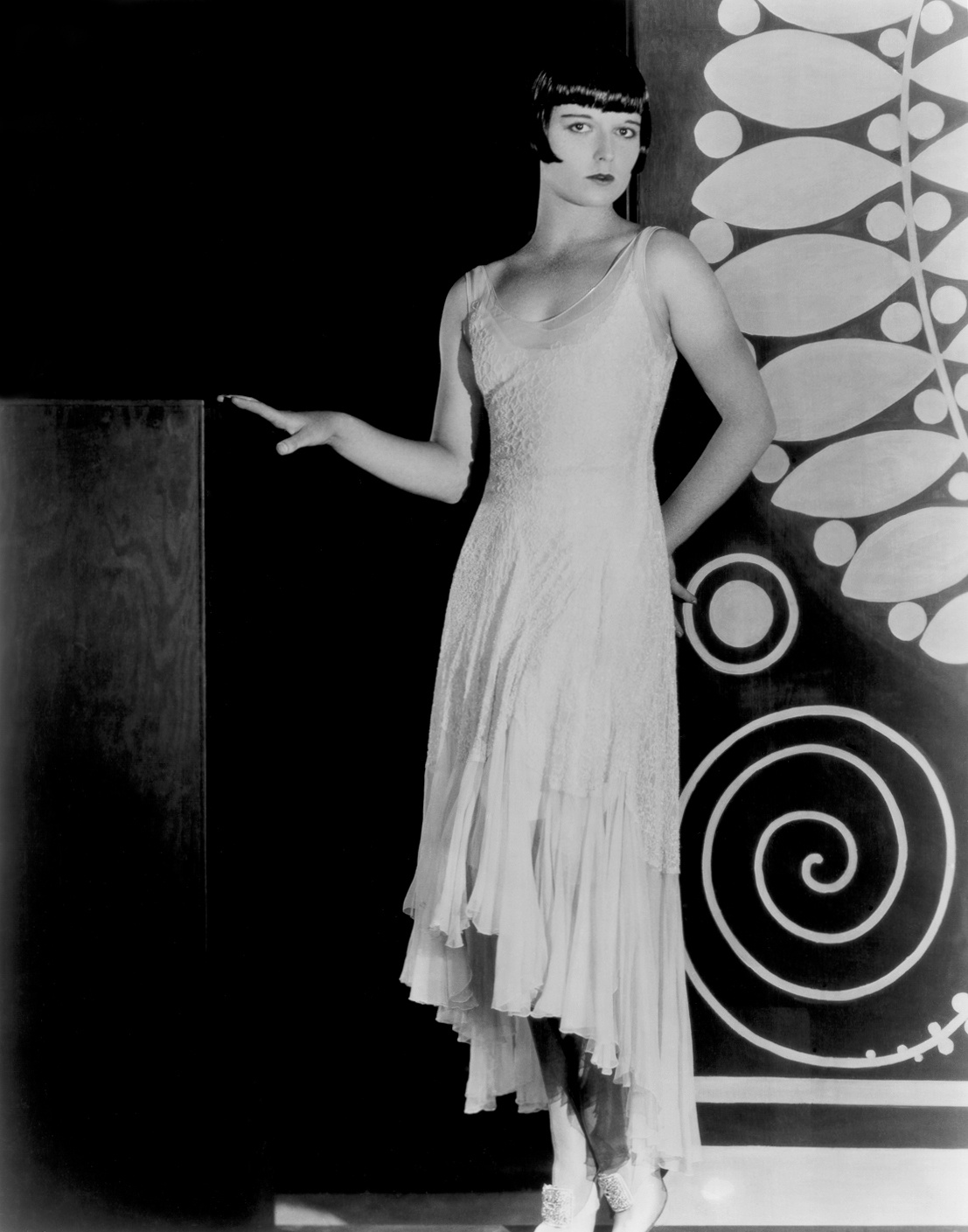Wild Root
Gone Home
- Messages
- 5,532
- Location
- Monrovia California.
It's good to pick up what you may never see again. Means that it's worth the time and money. I have seen some of Matt's ladies hats and they are rare!
Cheers,
Root.
Cheers,
Root.







